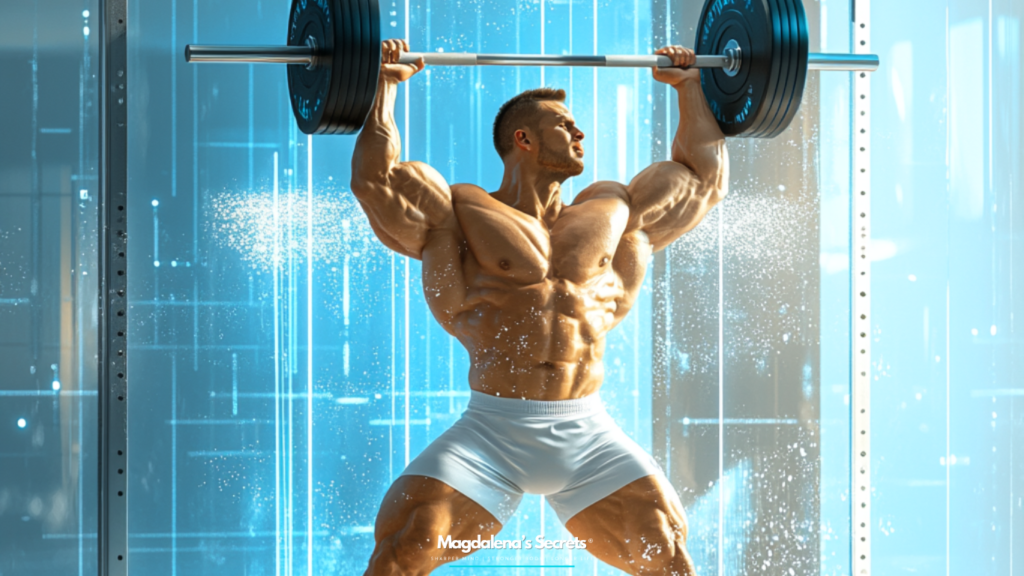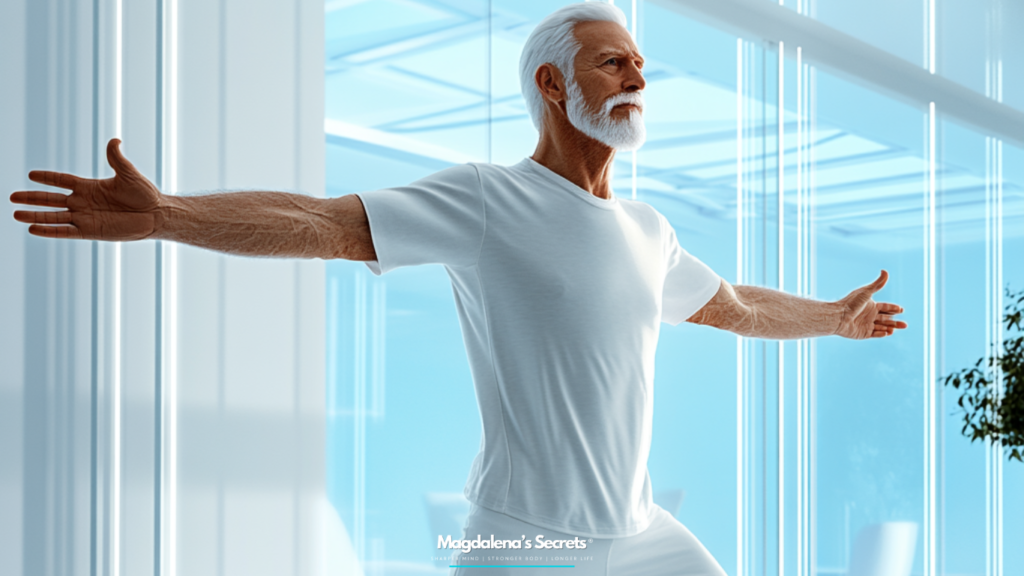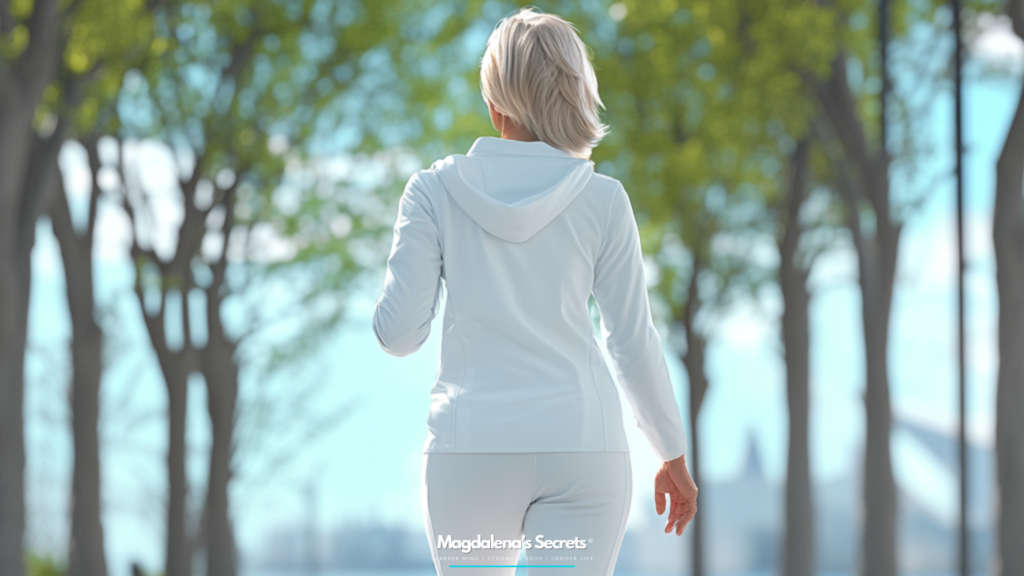Menopause marks a significant hormonal shift in a woman’s life — and with it comes the heightened risk of osteoporosis, a condition that weakens bones and increases the likelihood of fractures. As estrogen levels drop, bone loss accelerates, often silently, until a break or injury reveals the damage. But according to Dr. Vonda Wright — a renowned orthopedic surgeon and expert in women’s health and aging — this phase of life doesn’t have to mean physical decline. In fact, it can be the start of a powerful transformation, especially through strength and high-impact training.
Why Menopause Is a Turning Point for Bone Health
Estrogen plays a vital role in maintaining bone density. When estrogen production falls during menopause, bone resorption (breakdown) exceeds bone formation, leading to loss in bone mass. Without intervention, this can progress to osteoporosis — a condition that affects 1 in 2 women over the age of 50, leading to fractures that can impact mobility, independence, and overall longevity.
But bone is living tissue — it responds to stress, force, and movement. As Dr. Vonda Wright often emphasizes, “Bones need impact. They respond to pressure and load. If you don’t load them, you lose them.”
This is why exercise isn’t just a general health recommendation for menopausal women — it’s a medical necessity.
Weightlifting: The Foundation for Strong Bones
Resistance training, especially weightlifting, is one of the most effective tools for fighting osteoporosis. Lifting weights puts mechanical stress on bones, stimulating osteoblasts — the cells responsible for bone formation. Over time, this not only preserves bone mass but can also increase bone mineral density (BMD).
Dr. Wright advocates for progressive strength training for menopausal women — using dumbbells, barbells, resistance bands, or even bodyweight exercises like squats, lunges, and push-ups. The goal is to challenge the muscles and bones enough to create adaptation. And no — lifting weights won’t make women bulky. Instead, it builds lean muscle, which supports joints, improves posture, balances hormones like insulin and cortisol, and burns more calories at rest.
Jumping: A High-Impact Secret Weapon
Although jumping may seem counterintuitive for aging women, research and real-world experience tell a different story. Jumping, hopping, and plyometric movements stimulate the bones in ways that low-impact exercises like walking simply cannot.
Dr. Wright encourages carefully structured impact training, especially vertical loading exercises like jump squats, skipping, or hopping in place — all of which boost bone density in the hips and spine, the two areas most vulnerable to osteoporosis-related fractures.
The key is to start gradually and work up under proper guidance. Even low-height jumps or step-downs can be adapted for beginners while still producing significant benefits for bone health.
HIIT: Boosting Hormones, Heart Health, and Strength
High-Intensity Interval Training (HIIT) — short bursts of intense activity followed by brief rest — is another powerful tool for women in menopause. Not only does it improve cardiovascular endurance and aid fat loss, but it also enhances metabolic and hormonal resilience, which often takes a hit during menopause.
HIIT stimulates growth hormone and testosterone — both of which contribute to muscle building and bone strength. It also improves insulin sensitivity and combats belly fat, a common struggle due to hormonal shifts.
Combining HIIT with resistance training (e.g., weightlifting circuits or bodyweight intervals) allows women to get maximum results in minimal time, which is ideal for busy lifestyles.
Mindset Shift: Thriving, Not Declining
Dr. Vonda Wright’s message is clear — menopause is not the beginning of the end, but rather the beginning of a new, powerful chapter. By engaging in purposeful movement like weightlifting, jumping, and HIIT, women not only prevent bone loss but also reclaim control over their aging process.
These forms of training reduce the risk of falls, improve balance, increase confidence, and give women a sense of empowerment. They also support cognitive health, emotional well-being, and overall vitality.
Final Thoughts
Osteoporosis doesn’t have to be your fate. With the right exercise — grounded in science and advocated by experts like Dr. Vonda Wright — your bones can become stronger, even after 50.
Whether you’re lifting weights, jumping, or pushing through a short HIIT session, remember this: every rep, every impact, every step forward is a declaration that your health is in your hands — and that strength doesn’t diminish with age, it evolves.




